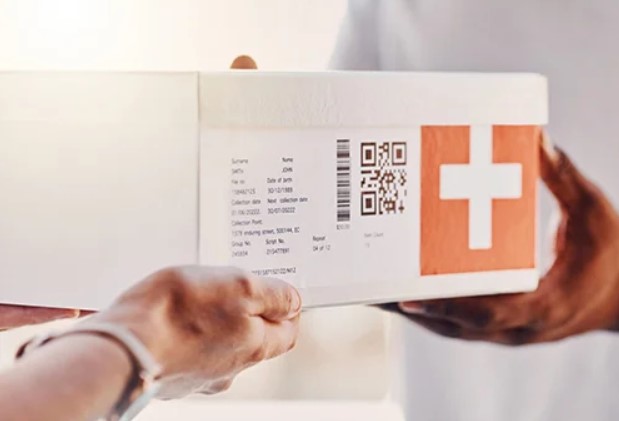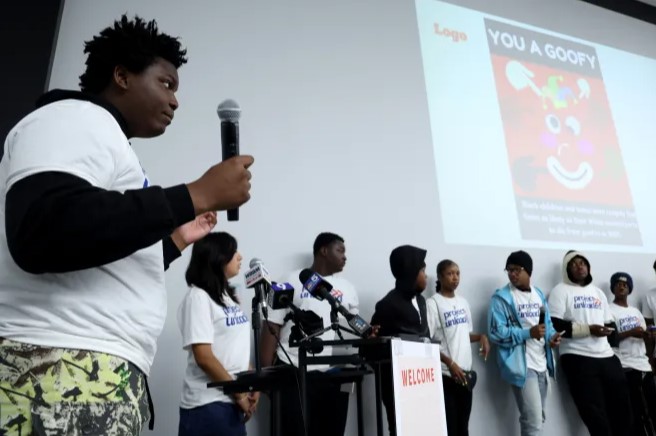Publications, News, & Awards
The archive of all news and publications on the PISC site.

A new study reveals U.S. children are facing worsening mortality and chronic health challenges compared to peers in other high-income countries. Between 2001–2019, there were more than 315,000 excess child […]

New research led by Kristy Arbogast explores how Guardian Cap soft-shell helmet covers are making strides in concussion prevention for pro football players. Discover the latest advancements in player safety […]

Barriers remain for those seeking buprenorphine treatment for opioid use disorder, despite rapid access in some Philadelphia clinics. A recent study led by Maggie Lowenstein, Shoshana Aronowitz, and team highlights […]

Pediatric emergency departments are making strides in firearm safety with a new EMR-based standardized screening and resource initiative – combining screening for unsafe storage practices with the provision of educational […]

A new study led by Katie Hoskins finds that Black Americans’ pandemic-era gun purchases were fueled by fear of rising crime, racial tensions, and distrust in policing. For many, firearms […]

New research from Rebecca Arden Harris and team reveals that relaxed take-home methadone policies have not resulted in higher overdose rates. This important finding supports more flexible treatment options for […]

New research from Sara Solomon offers a framework for implementing Cure Violence programs, highlighting key strategies and contextual factors that drive success. The review underscores the importance of integrating Implementation […]

Discover how Penn faculty – including Sara Jacoby – and students are tackling urban heat with innovative, solar-powered cooling shelters in North Philadelphia. Their collaborative project offers relief from rising […]

A new study from Penn Medicine, including Kit Delgado and Anish Agarwal, shows that tailored feedback to surgeons significantly reduces excessive opioid prescriptions after surgery, aligning care with evidence-based guidelines […]

Penn researchers and community partners are working to reframe violence prevention as a public health initiative, emphasizing connection and support for youth. A July 7 mass shooting in Philadelphia’s Grays […]

Project Unloaded is engaging directly with those most affected to shape the future of emerging technologies. Desmond Upton Patton highlights the project’s commitment to understanding community needs and preferences. Discover […]

Over two powerful evenings in April, a two-part documentary screening series that brought together students, community members, health professionals, and advocates to explore the ongoing opioid crisis through local and […]
